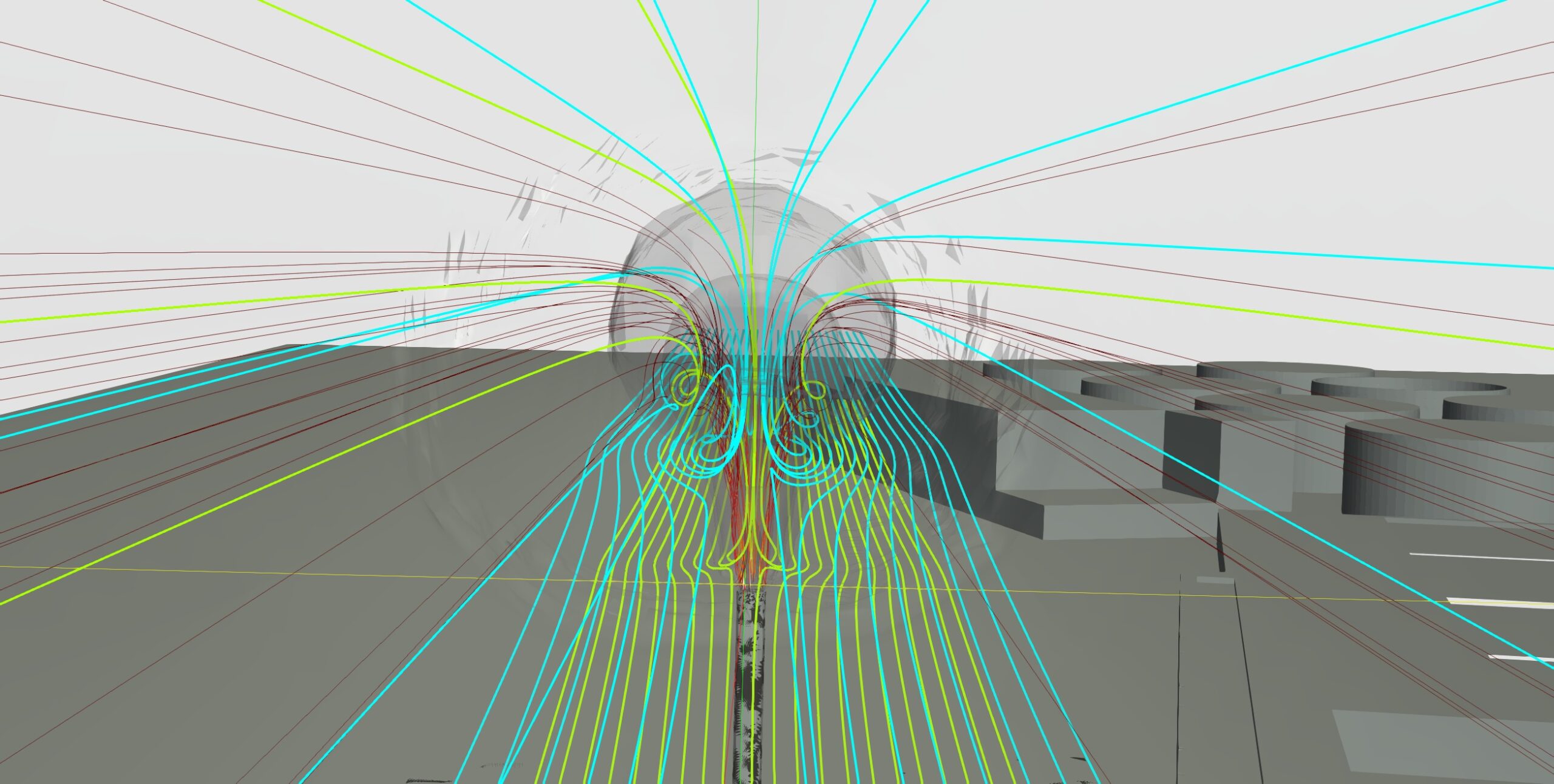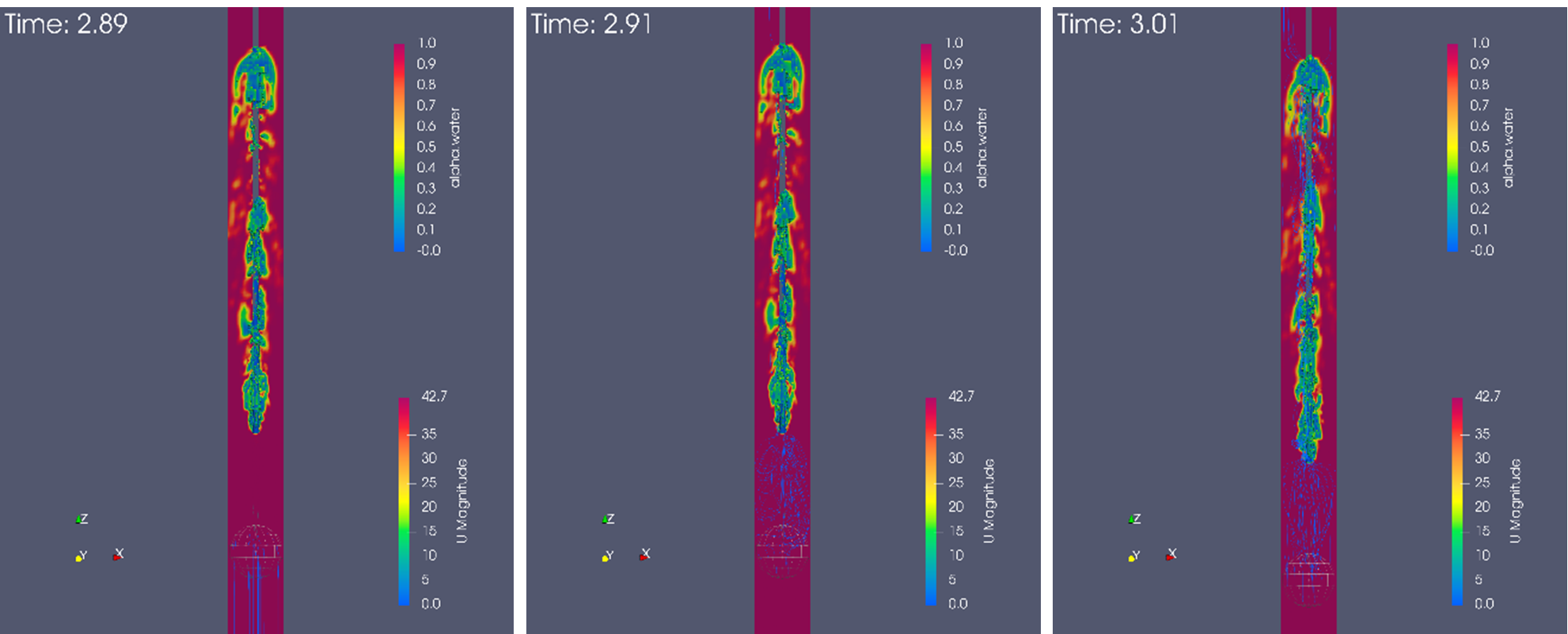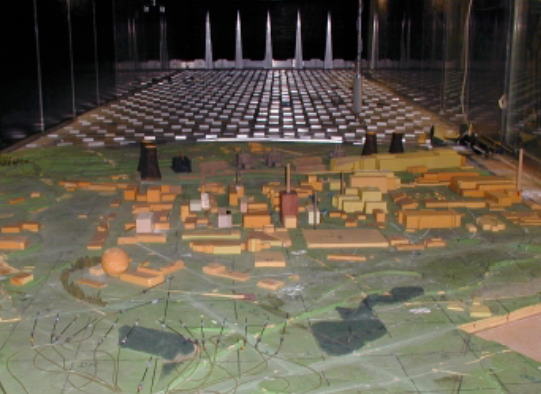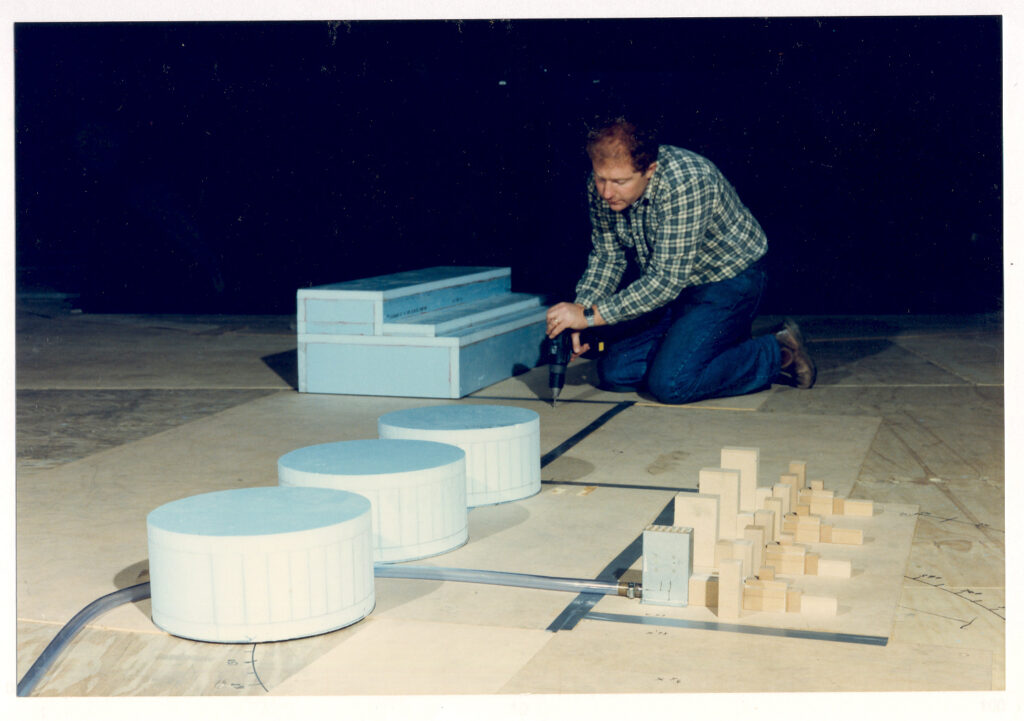Services
Air quality and fluid mechanics Solutions
How Engineering Air Science Assist
Looking for an Air Quality Impact Assessment for an EIS or DA.
Complex fluid mechanical, meteorological or air quality issues.
Engineering Air Science provides expertise in air quality, dispersion modelling, boundary layer meteorology and fluid mechanics to improve understanding of air flow and air pollutant impacts.
Engineering Air Science conduct and manage air quality assessments, meteorological, environmental and fluid mechanical investigations across a broad spectrum of industries, applying and coupling specialist tools and methodologies.
Experience includes process and manufacturing, mining, nuclear, military, transport, agriculture, waste, regulator and numerous unusual investigations including the potential for airborne virus transmission.

Air Quality Impact Assessment (AQIA) is a procedure applied to evaluate the potential impact processes or activities may impose on air quality. The methodology involves determination of the quantity and character of the emission to the atmosphere, and the application of modelling tools to predict the transport, mixing and interaction of emissions in the surrounding environment.
An AQIA is frequently required for approvals of new developments or extensions on existing operations, a component of an Environmental Impact Statement for Development Approvals. Commissioning an air quality investigation early in the development and design process can assist highlight limitations and avoid potentially costly environmental compliance issues. With location and time information, the process can also be applied to assist resolve the source of nuisance emissions such as odour or dust events that may lead to complaints. Monitoring programs provide a means to maintain environmental best practice, ability to detect and manage adverse impacts and demonstrate compliance.
Engineering Air Science has experience in the application of many air quality assessment tools including more simple, Gaussian based plume formulations (R91, ISC, AUSPLUME); ‘new generation’ Gaussian models with more advanced meteorological and dispersion processes (ADMS, AERMOD); and more complex 3D modelling tools (CALPUFF, TAPM, GRAL, …). Assessments have investigated many air pollutants released into the air environment including particulate matter and dust incorporating individual species, metals, radionuclides etc. within the general dust, gaseous pollutants, odour or odorous pollutants, and biological hazards as examples.
Expertise at Engineering Air Science is differentiated by a background in the simulation of complex atmospheric turbulence and dispersion phenomena critical to near-field, or near-neighbour, air quality impacts, providing improved consideration of the local environment and confidence in Air Quality Impact Assessment outcomes. Experience includes model development investigations, model inter-comparison, validation and uncertainty studies, and the application and integration of advanced fluid modelling outcomes within regulatory model application and Air Quality Impact Assessment.

Engineering Air Science provide consulting services across the air environment and industrial fluid mechanics utilising measurement and modelling methodologies to aid understanding of complex environmental, air quality and fluid mechanical issues. Services extend from regional meteorological modelling, monitoring and analysis to the environment within a room or workplace, providing understanding of air quality or industrial fluid mechanical critical to operations. Knowledge of flow, turbulence and fluid structure is critical to understanding the environment and how heat, moisture, and pollutants or contaminants will behave within an environment, whether external or internal, natural or mechanically enhanced.
Experience at Engineering Air Science encompasses a diverse project range. Examples of less standard projects associated with wind and meteorology include analysis and terrain correction of meteorological surface wind monitoring and development of regional wind fields, to investigation of the influence of meteorological conditions on natural product drying with identification of critical conditions detrimental to product quality. Other diverse investigations considered the development of reverse flow circulation, a means of developing upward water flow in a vertical shaft through injection of air, and the potential for airborne virus transmission within the ambient environment (pre-COVID; maybe not so unusual now).
As a small consulting company, EAS is able a to assist small operators, tackling short projects as well as extended investigations. Examples include investigating the effect of a shroud over an air conditioning compressor unit to estimation of air conditioning loads within individual rooms of dedicated buildings. EAS have also applied knowledge and experience to advise Government Agencies and conduct assessments relating to understanding consequences related to unplanned releases and risk minimisation associated with release of potentially dangerous substances.
Monitoring and measurement experience embraces flow, turbulence, thermal structure and pollutant concentration measurement and analysis, including direct heat flux and high-frequency concentration statistics measurement in complex laboratory experiments. Additionally, development and instigation of field investigations and monitoring campaigns associated with site characterisation, emissions monitoring, meteorological and pollutant impact monitoring, odour surveys and flow and temperature measurement and analysis. EAS knowledge and experience can be applied across a broad range of applications. Contact us to discuss your issue, we may well be able to assist.

The application of fluid modelling, numerical and/or physical simulation, to air quality provides ability to capture critical flow and turbulence structures. The interaction of terrain or structural features with the atmospheric flow can lead to local flow displacement and turbulence development with potential to directly impact locally emitted air pollutant behaviour.
Selective use of fluid modelling can enhance understanding of complex fluid mechanical issues influencing air quality, improve regulatory dispersion model parametrisation and inputs, providing for more reliable air quality impact assessment.
Advanced numerical simulation is carried out via the branch of fluid mechanics known as Computational Fluid Dynamics, CFD. The approach numerically solves the fundamental mathematical equations describing fluid behaviour based on the conservation of mass, momentum and energy. CFD can be applied to a wide range of engineering and research issues involving fluid behaviour, diverse applications and industries. A simulation will provide detail of all fluid parameters across the full simulation domain, thus details of flow or plume behaviour including plume and ambient velocity, temperature and concentration fields extractable from the simulation result.
Physical modelling is the approach whereby real fluids are used to emulate specific flow environments using scaled models. Experimental apparatus, such as wind tunnels or water tanks, are designed and developed to represent specific flow characteristics. The approach uses a real fluid with real viscosity and is often described as a ‘computational model with near infinite resolution’. As such, valuable insight of complex turbulence issues, such as the influence of buildings or complex terrain, can be derived. Simulation of a complex scenario within the controlled laboratory environment can provide a highly reliable representation of the real-world fluid behaviour, with wind tunnel outcomes often utilised as validation data sets for numerical simulation (CFD) predictions.

With knowledge and experience across a broad range of industries and application of various methods and tools to investigate and predict complex flow and dispersion in the environment, EAS provides a near unparalleled capability to provide expert advice and services.
Experience across fluid mechanics, bluff body aerodynamics, boundary layer meteorology including fluid modelling (physical and numerical) of atmospheric boundary layer thermodynamic effects on turbulence, air flow and dispersion. Experience including detailed investigation of emission characteristics including plume density (buoyant and dense releases), coupled with physical, numerical, meteorological and regulatory dispersion modelling, provide depth and breadth across multifaceted air quality investigations.
EAS provide Peer Review across air quality including highly involved monitoring programs and the application of modelling including computational fluid dynamics modelling for understanding complex flow and pollutant dispersion issues across the air environment, as well as general air quality impact assessment.
EAS Director and Principal, Dr T John Taylor’s experience in provision of Expert Witness services for air pollutant transport and dispersion issues includes odour and its potential for nuisance or annoyance, the impact of mining operations to air quality, complex flow issues. John has experience across a range of jurisdictions and courts including Planning and Environment Courts, the Land Court and the Federal Court, and has provided expert advice and services in regulator negotiations and meetings.
John has previously developed specialist air quality and dispersion modelling units for a CQU Air Quality Management postgraduate course and provided specialist lectures on air quality and dispersion modelling in Australia and Internationally.
From a letter of clarification to in-depth review and analysis of highly intricate and controversial flow and dispersion matters, Engineering Air Science provides expert advice and services including Peer Review and Expert Witness.
Why Engineering Air Science
Industry Sectors
Diverse Industry and Project Experience
Application of air quality and fluid mechanical expertise, investigating complex environmental and fluid mechanical issues, supporting the air environment, health & safety, and operations.
Intensive agriculture air quality assessment, management and mitigation of odour and particulate impacts. Investigation of climatic effects on operations, air flow behaviour and reportable bio-security airboune disease transmission.
Understanding and managing the impact to air quality of waste and recycling operations green-waste, composting, wastewater, landfill and storage considering fugitive odour, gases, particulate and radio-active releases.
Air quality support and assessment across site operations, manufacture of components and sophisticated conventional and nuclear military equipment.
Providing understanding of impact to the air environment, manage and mitigate advice and investigation of complex fluid mechanical, meteorological or air quality issues.
Complex flow and turbulence studies through the application of fluid modelling, meteorological and wind flow studies and air quality impact assessments.
Support of transport sector through airshed to fluid modelling of traffic emissions in the urban environment, ventilation recirculation issues to consequence analysis of fuel storage and re-fuelling facilities.
Coupling fluid and dispersion modelling to improve fugitive emission estimation for "the most dangerous industrial building in Western Europe" to consequence analysis of potential unscheduled release impacts and submarine construction.
Many projects require research and development. Experience includes commercial and highly confidential investigations, as well as published research independently and in collaboration.
From applying cutting-edge technologies to optimising understanding and management

Global Network
With Australian and Internationally developed practical experience Engineering Air Science provide specialist consulting services across a broad area of the air environment including boundary layer meteorology, air quality, plume behaviour and fluid mechanics including diverse model application experience.
Air Quality Assessment
Engineering Air Science provide services in air quality assessment and management including meteorological and atmospheric dispersion modelling, air quality impact assessment, meteorological processing and analysis, meteorological and air pollution monitoring and analysis.
Solutions
Engineering Air Science provide specialist expertise across boundary layer meteorology, air quality monitoring, analysis and modelling and the application and integration of fluid modelling to understand and quantify complex air quality and fluid mechanical issues.
Research & Development
Extensive research and development project experience including commercial and highly confidential investigations as well as published studies individually and in collaboration. Analysis of meteorology, complex dispersion, model inter-comparison and uncertainty, plume behaviour, air flow and industrial fluid mechanics.
